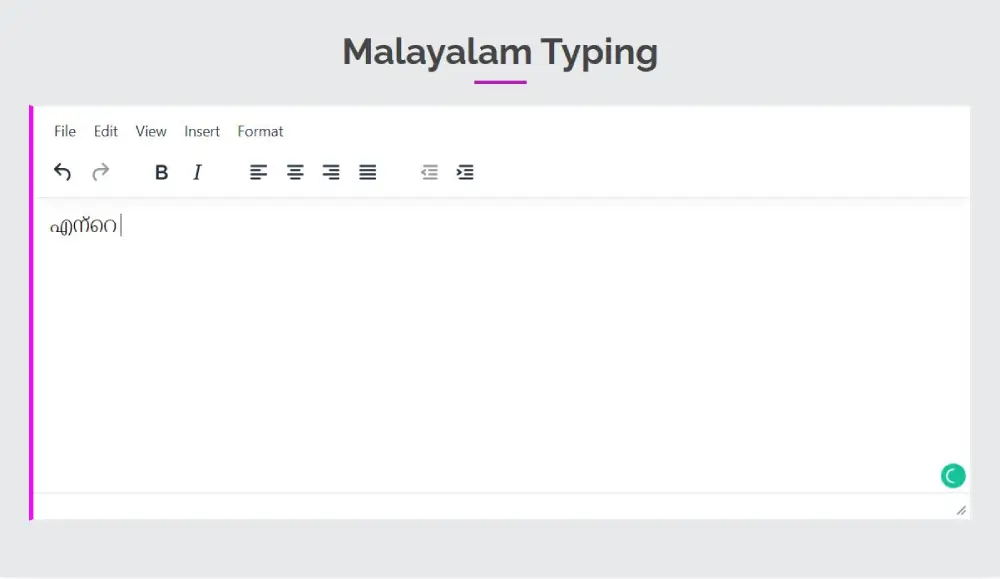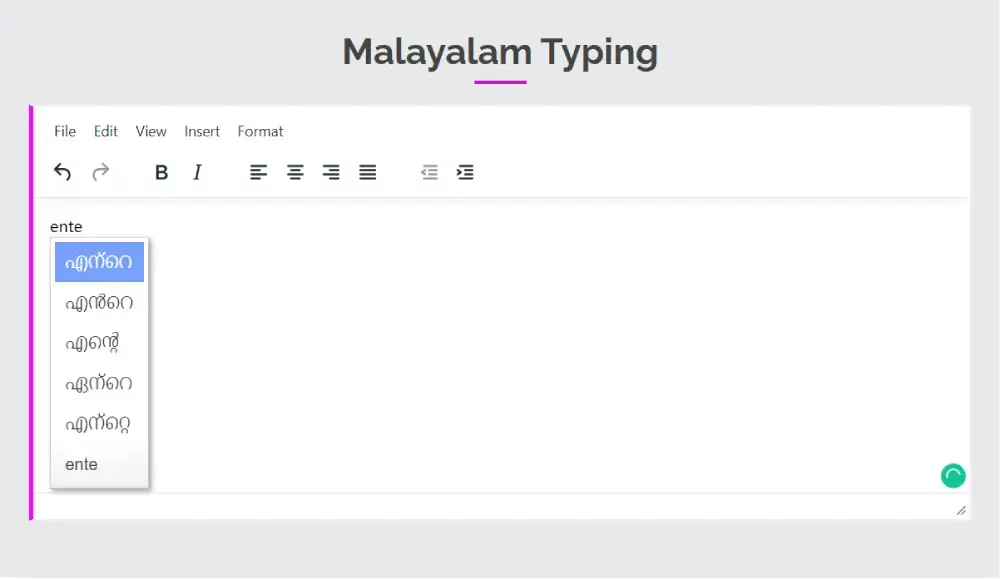Get Started with Our Oriya Typing Tool
Our Oriya typing tool makes it easy to type in Oriya without any technical knowledge or software downloads. All you need to do is visit our website and start typing! Our intuitive layout ensures that you`ll be able to quickly navigate the page and get started with your typing. Best of all, you don`t have to worry about accuracy - our tool will automatically detect and correct mistakes as you type! In mobile when you type in all the given text-area space, your content fills the text-area and if you want to increase the size of the text area, you can expand its size each time you press the button EXPAND and after completion and start a new content typing press the button SHRINK and the text area will be back to its original size. On the desktop, once the text has been typed into the desired language, all you need to do is select it all, press “ctrl-c,” copy it, and then press “ctrl-v” to paste it back into your document. When you are on mobile just simply click the COPY button and copy all your text and then paste it into your desired location. And also clear your text area after typing press the CLEAR button and you can type other contents as you like.
Unable to find the correct transliterate?


Oriya Language
Oriya is a language spoken in the Indian state of Odisha and neighboring states, as well as by a significant number of people in other countries, including India, Bangladesh, and Nepal. It is estimated to have over 40 million speakers worldwide. Oriya is written in the Odia script, which is an abugida script, meaning that each consonant has an inherent vowel sound. The language has a rich literary tradition and is known for its contributions to poetry, drama, and folk songs. Oriya is one of the many official languages of India and is used in education, government, media, and other forms of communication.
History of Oriya
Its history can be traced back to the 10th century, and it has a rich literary tradition with roots in Sanskrit and other Indian languages. Oriya was used as a medium of education, administration, and courtly affairs during the rule of the Eastern Ganga dynasty (11th to 15th centuries) and the Gajapati kingdom (15th to 16th centuries). During the British colonial period, Oriya faced marginalization and underwent significant changes, with the introduction of English words and a simplification of its grammar.
In the 20th century, the Oriya language movement, led by prominent literary figures and activists, played a key role in reviving and preserving the language and its rich cultural heritage. The language continues to be a vibrant and living tradition, with a thriving literary and cultural scene and ongoing linguistic development. Oriya is one of the official languages of India and is used in education, media, and other forms of communication.
Oriya Script (उडिया लिपी)
Consonants (व्यंजने)
କ (ka), ଖ (kha), ଗ (ga), ଘ (gha), ଙ (nga), ଚ (ca), ଛ (cha), ଜ (ja), ଝ (jha), ଞ (ña), ଟ (ṭa), ଠ (ṭha), ଡ (ḍa), ଢ (ḍha), ଣ (ṇa), ତ (ta), ଥ (tha), ଦ (da), ଧ (dha), ନ (na), ପ (pa), ଫ (pha), ବ (ba), ଭ (bha), ମ (ma), ଯ (ya), ର (ra), ଲ (la), ଳ (ḷa), ଵ (va), ଶ (śa), ଷ (ṣa), ସ (sa), ହ (ha), କ୍ଷ (kṣa), ଜ୍ଞ (jña), ତ୍ର (tra), ଶ୍ର (śra), ର୍ (r), ଳ୍ (l), କ୍କ (kka), ଙ୍କ (ngka)
Vowels (स्वर)
ଅ (a), ଆ (ā), ଇ (i), ଈ (ī), ଉ (u), ଊ (ū), ଋ (r̥), ୠ (r̥̄), ଏ (e), ଐ (ai), ଓ (o), ଔ (au)
Numbers (संख्या)
1. ୧ (eka), 2. ୨ (dui), 3. ୩ (tini), 4. ୪ (car), 5. ୫ (pāñca), 6. ୬ (cấṣa), 7. ୭ (sāpta), 8. ୮ (aṣṭa), 9. ୯ (nava), 10. ୧୦ (dasa)
Transliterate English to Oriya
Our online typing system will allow you to transliterate English into Oriya. We use the Google transliterate feature to translate, which is very fast and accurate. You can simply convert each word, just press the space bar after typing them. Also, you can get a choice option dropdown if you press the back key. You can edit your text with a text editor to bold, italic etc. Format and style all your converted Oriya content. We use some autocorrection features to transliterate your broken words without retyping them. Which saves you more time in typing.
Press (Ctrl+G) to switch between English and Oriya. Also, you can save them as txt or doc for your further use.
Translate vs Transliterate
Translation refers to the process of converting written text from one language to another while preserving the meaning of the original text. Translation involves converting the words and phrases of a text from one language to their equivalents in another language, taking into account the context and cultural differences between the languages.
Transliteration, on the other hand, refers to the process of converting written text from one script (alphabet or writing system) to another, while preserving the sounds of the original text. Transliteration involves converting the letters and characters of a text from one script to their equivalents in another script, without necessarily preserving the meanings of the words.
For instance, the Oriya equivalent of the English phrase "Hello, how are you?" is "ଶୁଣନ୍ତୁ ଆପଣ କେମିତି ଅଛନ୍ତି?" This translation keeps the original phrase`s meaning. On the other hand, the English phrase "Hello, how are you?" can be transliterated into the Oriya alphabet as "ହେଲଲ, ହଉ ଆରେ ଯୋଉ?", which preserves the sounds of the original phrase but not necessarily it`s meaning.
Translation and transliteration are both useful tools for helping people communicate and understand written text in different languages and scripts. However, they serve different purposes and involve different approaches to converting written text.
